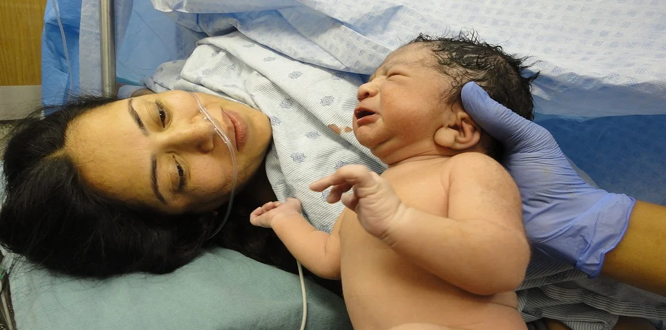Multicenter External Validation of the Deep Pelvic Endometriosis Index Magnetic Resonance Imaging Score
Résumé
Importance: Preoperative mapping of deep pelvic endometriosis (DPE) is crucial as surgery can be complex and the quality of preoperative information is key. Objective: To evaluate the Deep Pelvic Endometriosis Index (dPEI) magnetic resonance imaging (MRI) score in a multicenter cohort. Design, Setting, and Participants: In this cohort study, the surgical databases of 7 French referral centers were retrospectively queried for women who underwent surgery and preoperative MRI for DPE between January 1, 2019, and December 31, 2020. Data were analyzed in October 2022. Intervention: Magnetic resonance imaging scans were reviewed using a dedicated lexicon and classified according to the dPEI score. Main outcomes and measures: Operating time, hospital stay, Clavien-Dindo-graded postoperative complications, and presence of de novo voiding dysfunction. Results: The final cohort consisted of 605 women (mean age, 33.3; 95% CI, 32.7-33.8 years). A mild dPEI score was reported in 61.2% (370) of the women, moderate in 25.8% (156), and severe in 13.1% (79). Central endometriosis was described in 93.2% (564) of the women and lateral endometriosis in 31.2% (189). Lateral endometriosis was more frequent in severe (98.7%) vs moderate (48.7%) disease and in moderate vs mild (6.7%) disease according to the dPEI (P <.001). Median operating time (211 minutes) and hospital stay (6 days) were longer in severe DPE than in moderate DPE (operating time, 150 minutes; hospital stay 4 days; P <.001), and in moderate than in mild DPE (operating time; 110 minutes; hospital stay, 3 days; P <.001). Patients with severe disease were 3.6 times more likely to experience severe complications than patients with mild or moderate disease (odds ratio [OR], 3.6; 95% CI, 1.4-8.9; P =.004). They were also more likely to experience postoperative voiding dysfunction (OR, 3.5; 95% CI, 1.6-7.6; P =.001). Interobserver agreement between senior and junior readers was good (κ = 0.76; 95% CI, 0.65-0.86). Conclusions and Relevance: The findings of this study suggest the ability of the dPEI to predict operating time, hospital stay, postoperative complications, and de novo postoperative voiding dysfunction in a multicenter cohort. The dPEI may help clinicians to better anticipate the extent of DPE and improve clinical management and patient counseling..
Fichier principal
 thomassinnaggara_2023_oi_230365_1682516031.4955.pdf (929.9 Ko)
Télécharger le fichier
thomassinnaggara_2023_oi_230365_1682516031.4955.pdf (929.9 Ko)
Télécharger le fichier
| Origine | Fichiers éditeurs autorisés sur une archive ouverte |
|---|---|
| licence |



